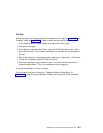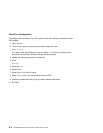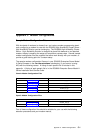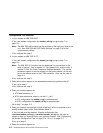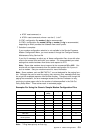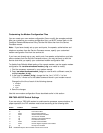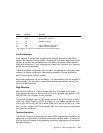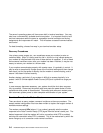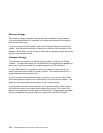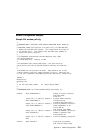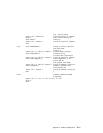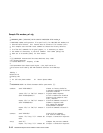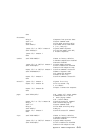
Usually the command &D2 will work, but not always. The sample modem configura-
tion files
1
take this high percentage position. You should consult your modem
manual for its specific response scheme for the &Dn command.
There are two methods for dealing with the modem's response to DTR:
1. Recovery
2. Prevention
Before proceeding with one of these strategies, you need to determine if your serv-
er's modem is set up properly to respond to DTR.
With the remote terminal connected to serial port 1 and defined as the Primary
Console Device, there are two tests you can perform:
1. Will the modem drop the connection after the System initialization complete
message appears at the remote terminal?
If Yes, this is the correct response. The modem is set up correctly.
If No, try another &Dn setting for your server's modem. See your modem
manual for this information. The &Dn command appears in three places each in
three of the sample modem configuration files
1
.
2. Will the server's modem disconnect when the power drops? You can make this
observation at the remote terminal by commanding your server to shutdown and
power off. (The AIX command shutdown -F will do this.) Watch for the
message NO CARRIER on your remote terminal.
If Yes, this is the correct response. The modem is set up correctly.
If No, try another &Dn setting for your server's modem. See your model manual
for this information. The &Dn command appears in three places each in three of
the sample modem configuration files
1
.
1
Only the following sample modem configuration files contain the &Dn command (in three places each):
modem_f.cfg
modem_f0.cfg
modem_f1.cfg
If you are using modem_z.cfg or modem_z0.cfg, you cannot control DTR response. If your remote
terminal does not disconnect after logging off, you must command the remote terminal emulator to hang
up. This then breaks the connection.
Appendix C. Modem Configurations C-7



